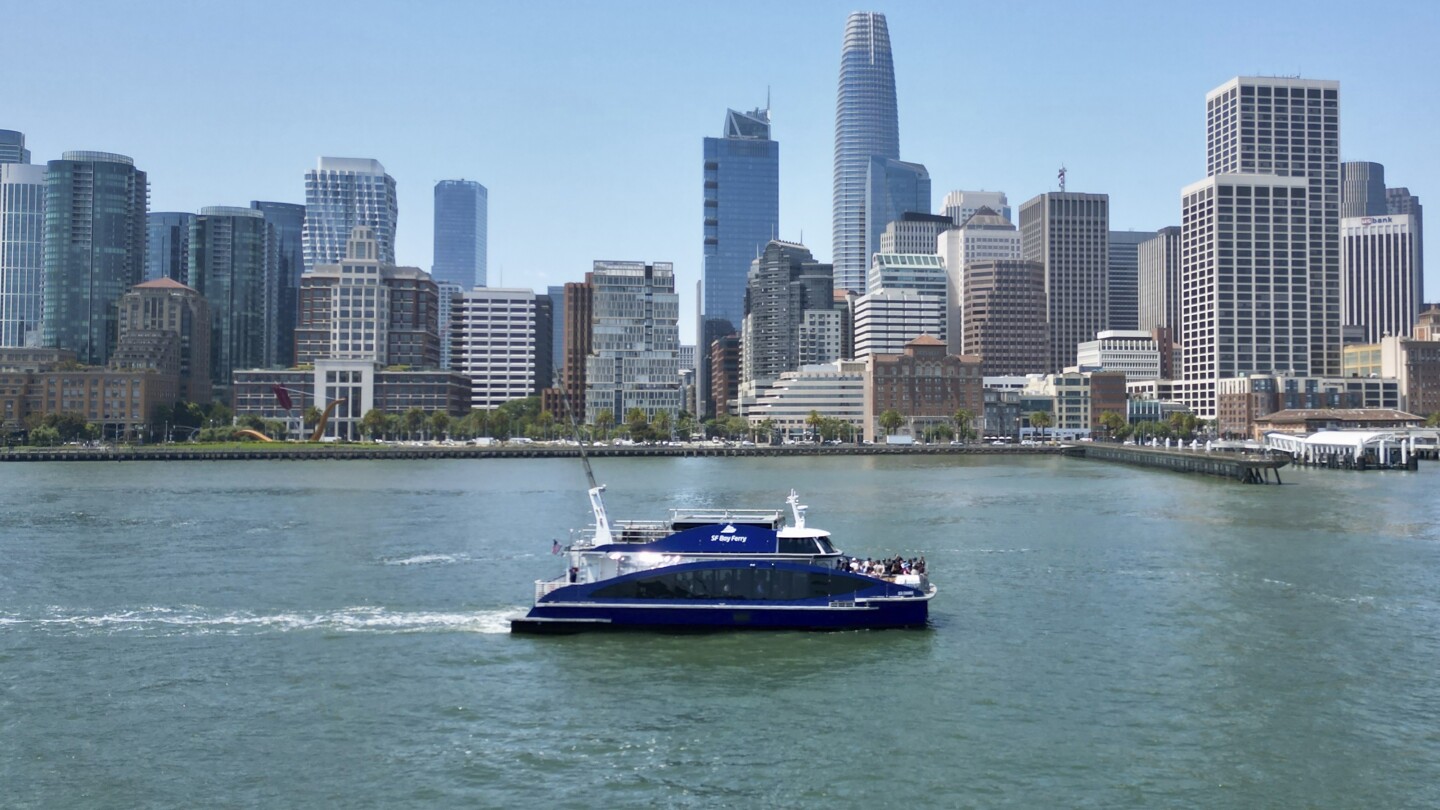There are those that will be quick to call this an unproductive effort towards green/less carbon future, just like Hydrogen powered cars. For cars I would agree, for these ships…perhaps this IS viable, or at least no worse today. There’s a lot to unpack here if you want to go along for the ride. I had no intention of writing this post as long as it turned out but its where the data took me. Buckle up:
The main problem people will point out is the source of nearly all hydrogen available for use today is from carbon based emitting sources, so called “Gray Hydrogen”: This is an undisputed fact.
…however, this ferry has some things going for it. Consider the ferry this hydrogen one is replacing was diesel.
Sea Change can travel about 300 nautical miles and operate for 16 hours before it needs to refuel. The fuel cells produce electricity by combining oxygen and hydrogen in an electrochemical reaction that emits water as a byproduct.
While its fueled with Hydrogen, its actually uses that fuel cell for electricity production instead of combustion.
- Immediately this means that at the dock on either side during idle or docked times, it can be tied to the shore for power instead of running its diesel engines to make electricity to run the ship.
- Having electric motors also means, if in the future, battery technology advances beyond hydrogen for energy density/weight, the power source can be swapped without having to change any of the propulsion systems. Even if batteries just get lighter (without the density), this ferry could be converted to hydrogen/battery hybrid where the batteries may not last the entire duration, but could contribute to a portion of the journey before the ship switches to less efficient hydrogen. This would not be easily possible on the old diesel ferry.
Now lets look at energy of old diesel vs bad Gray Hydrogen.
Diesel carbon emitted and energy produced = 10kg of carbon for 40kWh of energy:
-
One gallon of diesel fuel emits 10,180 grams of CO2 when combusted. So about 10 kilograms roughly. source
-
That one gallon of diesel fuel equals 40KWh of energy source
Gray Hydrogen carbon emitted and energy produced = ~12kg of carbon for 23kWh of energy:
- Grey hydrogen produces greenhouse gas emissions: between 11.1 – 13.7 kg of CO2 equivalent for every 1 kilogram of hydrogen source.
- When used as part of a fuel cell, 1 kg of hydrogen can produce up to 23 kWh of electrical energy source
On the surface it looks like diesel produces more energy for less carbon, except lots of that energy is lost as heat that doesn’t move the boat. Diesel use in ferry boats is said to be 42% efficient source.
This means our actual energy from diesel would be 16.8KWh while hydrogen would be 23kWh of energy. (note some lack of accuracy here from not calculating the ~20% more carbon from Gray Hydrogen, and also lack of information on hydrogen to fuel cell conversion inefficient. It likely will change the answer some, but not enough to invalidate the Hydrogen approach immediately).
Other factors not calculated here against diesel vs hydrogen is the carbon emitted during the production of the diesel fuel vs the carbon emitted during the production of the methane used to make the Gray hydrogen. Diesel emits more carbon here too!
- Pump Diesel = 609.86g CO2e/Litre and 16.97g CO2e/MJ
- Compressed Natural Gas = 537.62 CO2e/Litre 11.90g CO2e/MJ
So the conclusion here is that even with bad Gray hydrogen, the hydrogen powered ferry is better than diesel. Add in the extra benefits that this gets much MUCH better with the future use of Green hydrogen (generated by solar or wind) or the use of White Hydrogen (naturally occurring hydrogen out of the ground that does not come from a carbon source), better battery tech, and use of on-shore electricity power to supplement/replace some hydrogen usage.
This is a great comment, thanks for taking the time to go through things :)
I’m glad they at least mentioned, for those who read far enough down the article, that ultimately it’s powered by burning natural gas elsewhere to charge the hydrogen fuel cells [edit: please see my own response below]. I wasn’t sure if the AP had reached that level of ecological transparency/honesty yet so that’s good to see.
Someday when California’s energy grid is 100% renewable this type of craft will be an amazingly clean way to get around. … Unfortunately it’s not too likely that we will ever see that future before the global economy and most present political structures collapse.
I need to correct myself here and get more specific. It’s not only about what generates the electricity that powers the hydrogen extraction/isolation. It’s true that the current electrical grid is powered by a mix of activities that includes burning a lot of natural gas.
But it’s also true that the current cheapest (and therefore by far most common) means of hydrogen production is steam methane reforming, where the source of the hydrogen atoms is natural gas. And the byproducts are some carbon monoxide and dioxide.
In short, achieving truly green hydrogen production would require not just a green energy source but having that source be so inexpensive that it would be cheaper to make the hydrogen by electrolysis of water instead of by reforming methane. I don’t know enough to speculate how difficult or likely that will be.
So it goes from the ferry building to fisherman’s wharf?
Pretty much, not that useful right now as there’s already a street car line doing the same, but soon it can hopefully replace one of the ferry’s actually crossing the bay.




